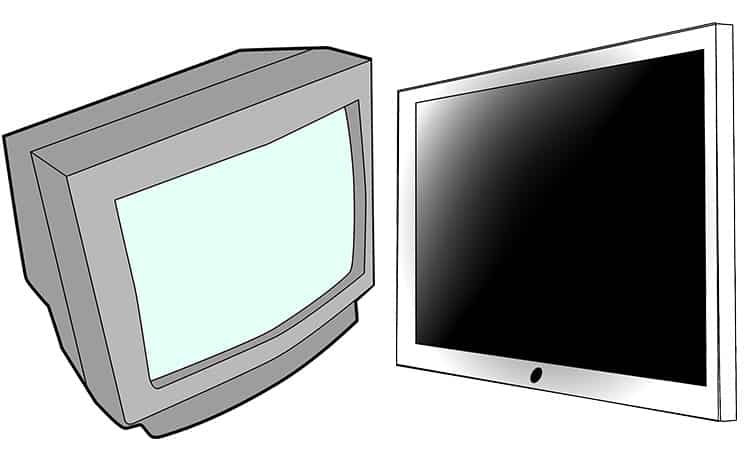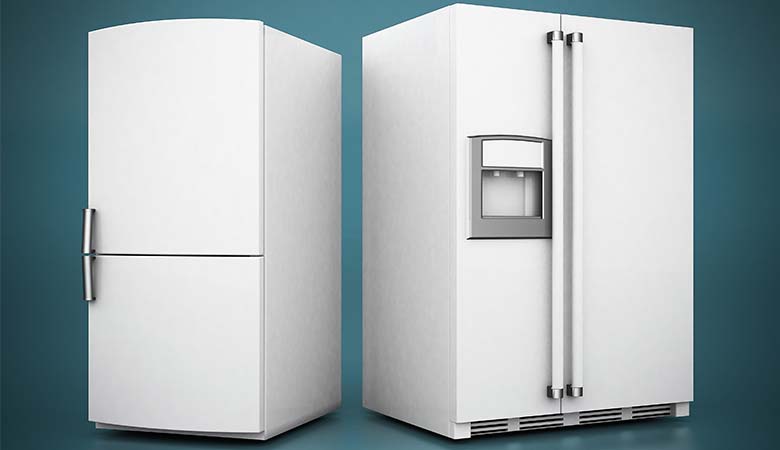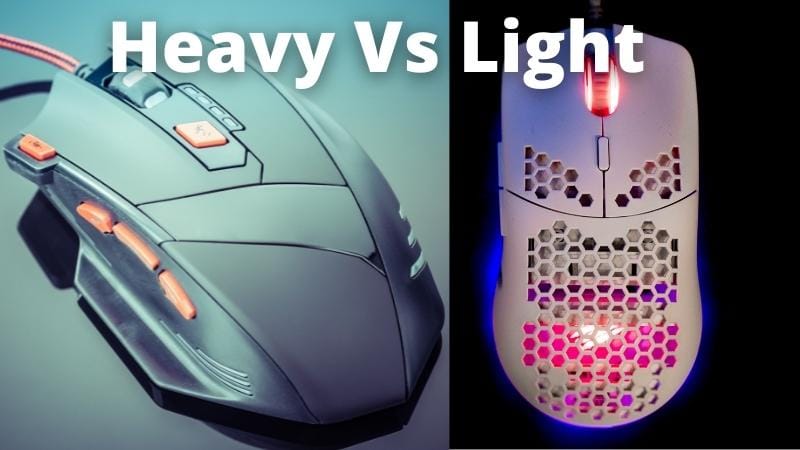The washing machine has evolved significantly in its design and technology since the introduction of the washing drum in 1851. While hand-operated and hardly resembling the machine as we know it today, the washing machine has advanced from smaller and somewhat lightweight items to the sturdy and large machines we use today.
How much does a washing machine weigh? The weight of a washing machine is largely dependent on the type of machine and its capacity, as well as the technology and materials built within. Top-loader models are typically lighter, averaging 150 pounds, while front-loaders are heavier between 200 to 250 pounds.
The first washing machine dates back to the 18th century, but we start with the first electric ones as they most closely resemble modern machines. Electric washing machines were seen as early as the beginning of the 1900s, and they were small drums, typically made of steel, which would increase their weight. These machines weighed around 100 to 150 pounds.
What Components Are in a Washing Machine?
Fully automatic washing machines entered the market in the middle of the 20th century, offering both front and top-loader variations. These older machines tended to be heavier, closer to their 200-pound highs as technology first became available. The only variable that keeps them lighter is their size and capacity. [Edison Tech Center]
Modern automatic washing machines are still heavy, not too far off from their earlier versions because there are a lot of moving parts. The heaviness of the machine is actually an asset because it’s what allows the washing machine to stay in place and not move around while a cycle is running. Both top and front-loaders take advantage of this weight for stability.
These are the various components that make up your automatic washing machine:
- Concrete blocks: There are actually slabs on concrete in a washing machine to counteract the weight of the motor and all the other materials inside. This is a primary source of weight within a washer. This can weigh up to 55 pounds alone!
- Steel drum tubs: There are two tubs in a washer, one for your clothes to go in and a surrounding drum that keeps all the water sealed during a cycle.
- Agitators: Typically found in top-loaders, this is the central paddle/piece that will move the clothes around for a deeper wash. More modern models do not use this, and this can account for minor changes in weight.
- Motor: The motor usually only weighs around 20 pounds in modern washing machines with the increased use of aluminum. Older models may have used copper, which weighs more.
- Pumps and pipes: These are responsible for moving water into the machine and draining dirty water out.
- Heating elements: This is a small device that allows the water to be heated up if completing a cycle where hot water is needed.
- Controls: Modern machine controls may be touch screen or small knobs compared to older machines with larger dials and gauges. These advances in technology account for very minor weight changes.
The early automatic washers typically used a variety of steels, coppers, and other metal components for the washing machine construction. The use of primarily heavy metals contributed to their increased weight. Today, washing machines are slightly lighter, making use of stainless steel, but incorporate lightweight aluminum and lots of heavy-duty plastic. [Encyclopedia.com]
Top-Loaders vs. Front-Loaders and Weight
As mentioned, a front-loader is going to be heavier than a top-loader by around 50-75 pounds. Throughout the history of washers, top-loaders were the most common and widely available on the market in the United States. The weight of the washer should really only be a consideration when purchasing for when you plan to move the machine.
Water accounts for a large amount of the weight when a washing machine is plugged in. A washing machine will be filled with water during a cycle and consistently have water running through it when hooked up to your waterline. A front-loader uses and is filled with less water always, meaning that the machine should be heavier to counteract the less water weight.
Because top-loaders use more water during a washing cycle, the unit does not need to be as heavy in order to maintain its balance and stability. Newer models of each variety will improve in efficiency, but the weight does not fluctuate much as it is an important component to stabilizing the machine.
The size of the washing machine in both top and front-loaders will produce the largest fluctuations in weight. You can find small washers (can clean fewer clothes) for just under 100 pounds and very large washers pushing 300 pounds. Size and capacity are two large factors in reference to weight in both types of washer.
How Much Does a Combination Washer-Dryer Weigh?
While most reviews out there don’t recommend washer-dryer single-unit combos – mainly due to how long it takes for the drying cycle to complete – sometimes they are a necessity. In a really tight space, you may prefer a less-efficient option over no option at all.
Reliable, well-made combo units tend to be expensive and rate quite well in terms of how well they wash. It’s that drying time that brings down their performance. Check out this Consumer Reports article.
But how much do they weigh? We compared 10 different models of the top 5 brands. Weights ranged from 150-220 lb. For their smaller size, they are quite heavy. In general, comparatively, washer-dryer combination units can be up to 20% heavier than their same-sized single-purpose counterparts.
And, we’d expect this, since the combo unit has to house not only all of the features and components of a washer but also those of a dryer.
Weight and Transporting a Washing Machine

The most important reason you would want to know the weight of a washing machine is for transporting. [MyMovingReviews.com] Fortunately, you will only have to worry about this upon installing and likely not for a while after (unless you move or need a replacement). Lighter machines may be easier to transport, but most are of the same general large boxy size and require care in moving.
Regardless of the weight of a washer, you should be handling the equipment with care as they are fragile and could be easily dented or damaged. It is recommended that you use an appliance dolly. This is a tool that will allow you to wheel the washer in and out of the area and handle a significant portion of the weight.
Because a dolly won’t keep the washer completely secure while moving, it is suggested to use an additional person to secure the machine. This mode of transportation will also keep the machine upright as to not damage components on the inside. Transporting any washing machine, new or old, top- or front-loader will be a challenging task.
While they are heavy machines, weight shouldn’t be a primary factor in choosing a washing machine. Look at the type of machine style you prefer and the dimensions for your space in making the best decision for your home. You can learn more about the dimensions of all the various washing machines available in this post.
What Should You Look For in a ‘Good’ Washer?
The weight of a washing machine is influenced by a wide range of factors and features in a machine. Getting the best features may or may not influence this value but should not deter you from making a selection. The features you should look for in a washing machine include:
- Capacity: Drum size will dictate how much you can wash at once. If you live by yourself versus with a family, this can make your decision easier on how big you need the washer to be.
- Quality of Clean: The highest quality clean may be important to you, making you consider certain front versus top-loaders more closely.
- Energy Use: Certain models are better on energy efficiency, with many machines offering eco settings.
- Water Use: Front-loaders typically use less water than top-loaders, and this may be an important consideration if you want to watch your water bill.






